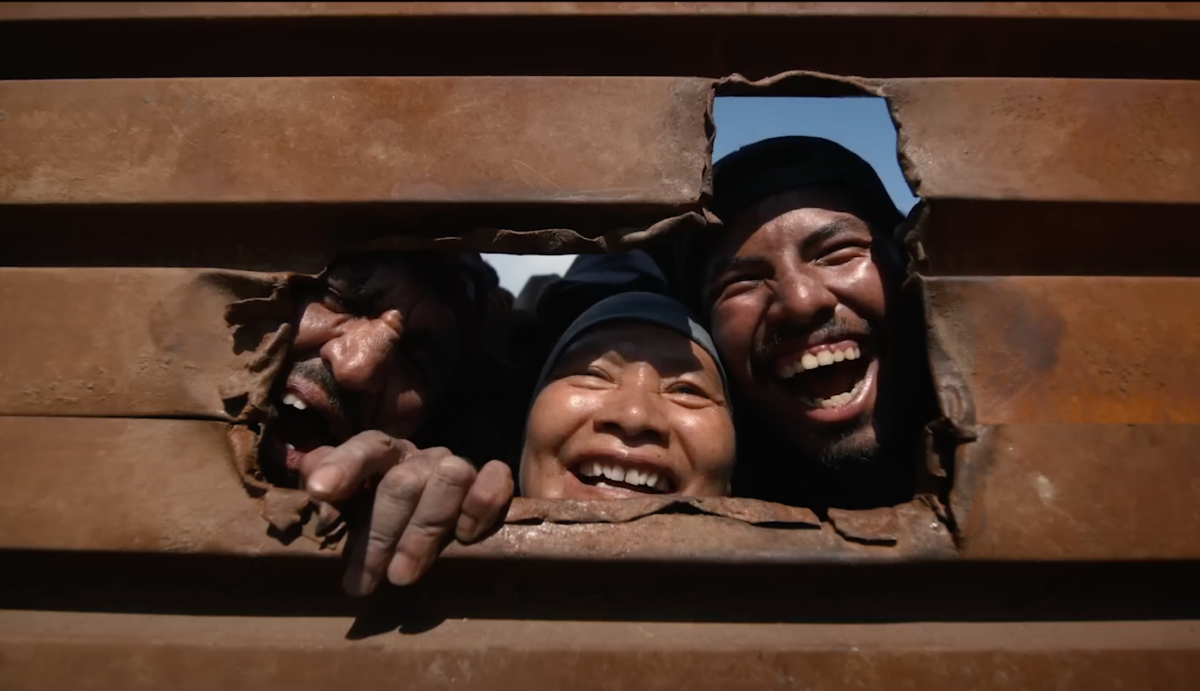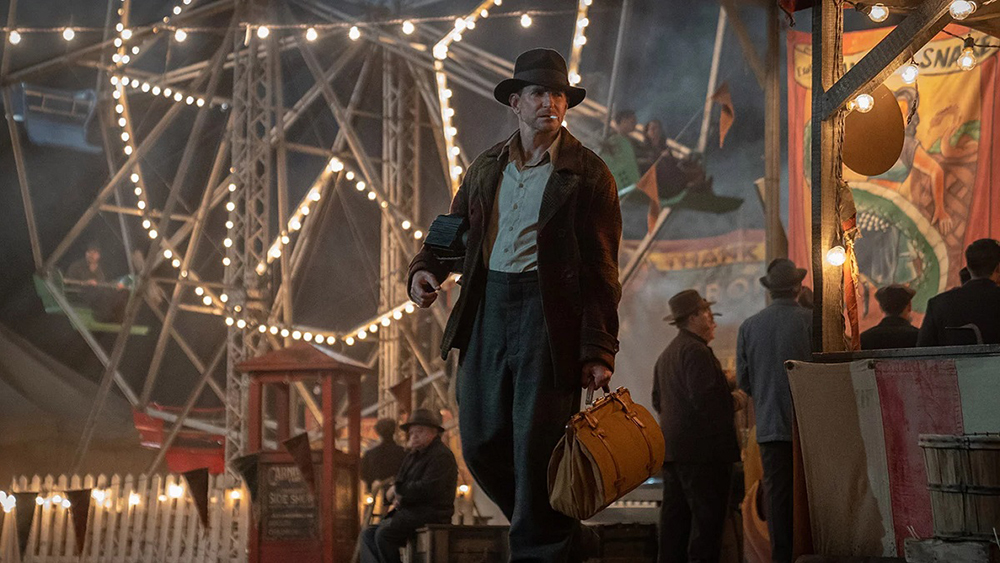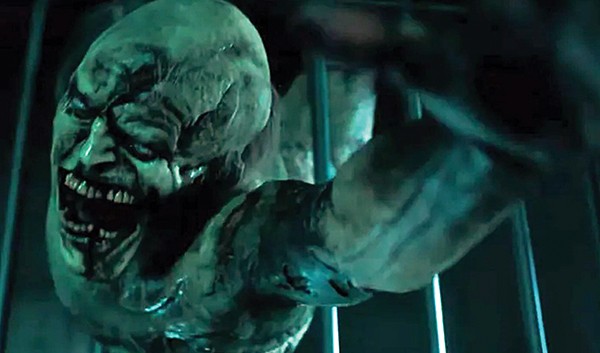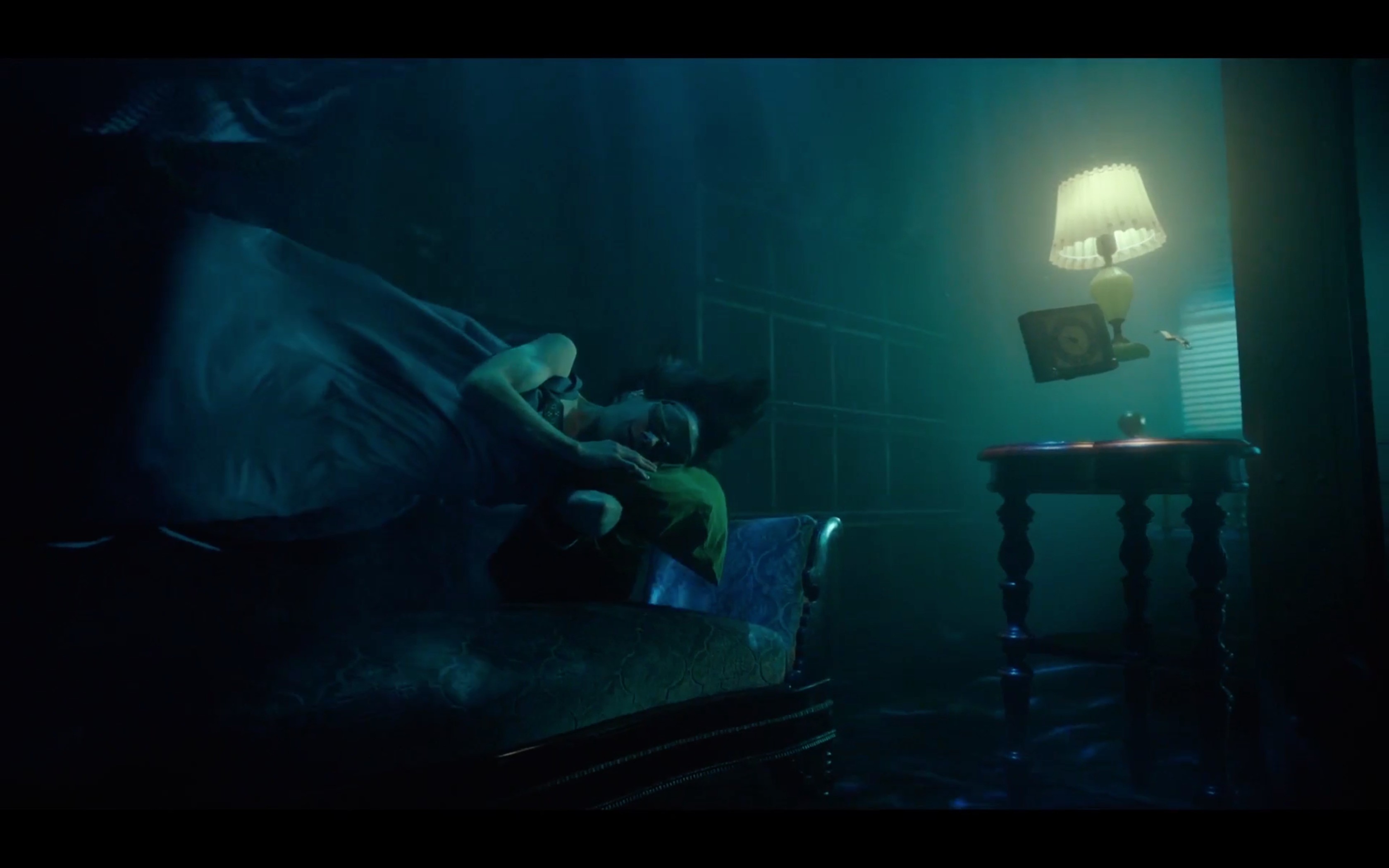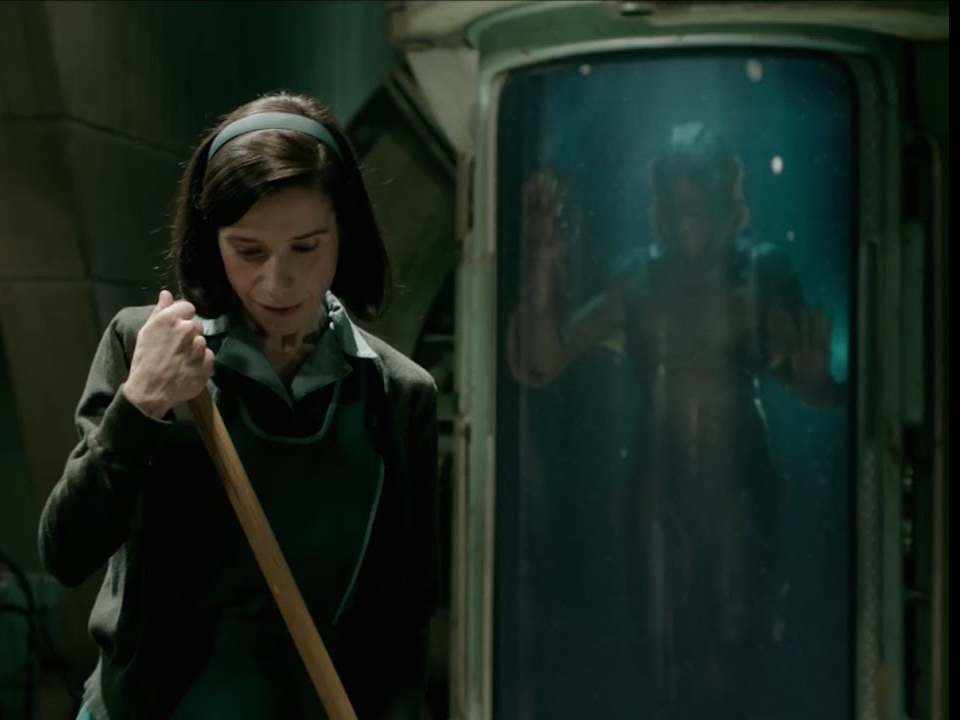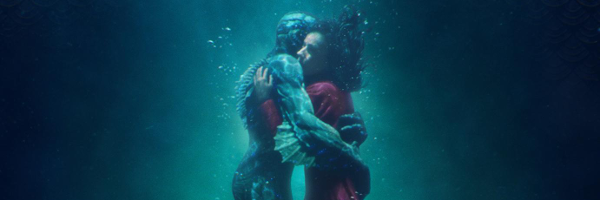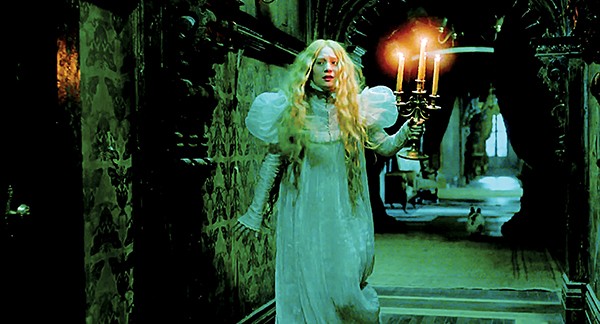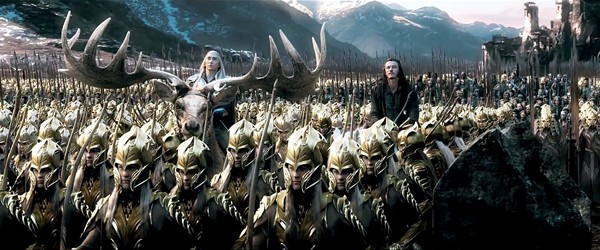Right now, the app getting the biggest workout on my Apple TV is Filmstruck. The cinephile-focused streaming service’s deep catalogue includes practically the entire Criterion Collection, and recently added films from the Turner Classic Movie vaults. Alongside the Bergman, the Agnès Varda deep cuts, and the works of experimental documentarian Bill Morrison are selections from Toho, the Japanese studio who first introduced the world to kaiju. Toho’s greatest artist was Ishiro Honda, creator of Godzilla. Honda’s tokusatsu work spanned more than 20 years, from 1953’s Gojira through Rodan, The Mysterians, Mothra, King Kong vs. Godzilla, and Destroy All Monsters, before he retired in 1975 with Terror of Mechagodzilla.
Honda’s films were full of homegrown special effects shots. His speciality was putting a guy named Haruo Nakajima in a lizard suit and filming him tearing down cardboard cities. In the black and white Gojira, which is at its heart a deadly serious fantasy of the firebombing of Tokyo, it’s chillingly effective. Later, when color was added, and there were a couple of guys in suits wrestling each other on scale model Monster Island, it descended into self-parody.

John Boyega (above) stars in Pacific Rim: Uprising as the war between humankind and giant monsters continues.
In 2013, Guillermo del Toro dedicated Pacific Rim to Honda. The film, set in a shiny future where much of the world’s GDP is devoted to building giant robots call jaegers to fight giant, monstrous invaders from another dimension, is right out of the Honda playbook. It was a modest success in the United States, and a huge hit in Asia. For the sequel, freshly minted Best Director del Toro turned over the reigns of his new franchise to veteran TV director Steven S. DeKnight, and brought on a mostly new cast, made necessary by the last film’s high body count for giant robot pilots. The biggest missing piece is Idris Elba as Stacker Pentacost, who was last seen detonating an atomic bomb on the floor of the ocean to seal up the interdimensional rift allowing the kaiju to travel to Earth. Ten years after his world-saving sacrifice, his son Jake (John Boyega) struggles in the shadow of his memory. Where Stacker was a soldier, Jake is a playboy, making a good but illegal living selling stolen jaeger technology. But when a misadventure with fellow jaeger hacker Amara (Cailee Spaeny) goes bad, the two are caught and pressed into service by the Pan-Pacific Defense Corps, led by Jake’s adoptive sister Mako (Rinko Kikuchi). There, they struggle under the command of Jake’s frenemy Nate (Scott Eastwood), until an attack by a mysterious giant robot named Obsidian Fury signals the beginning of another round of world-threatening attacks by, variously, giant cyborgs, drones, kaiju, and grotesque meta-mega-kaiju.
At this point, I figure you’re either the kind of person who is liable to be entertained by giant robots fighting giant monsters, or you’re not. If you’re the former, or if you’re giant-robot-curious, this is the movie for you. If you’re the latter, you should give this one a pass, because Pacific Rim: Uprising is pretty much just giant robots doing stuff.
As I sat in the theater nodding while John Boyega led his giant robots into battle on (where else) the slopes of Mt. Fuji, I wondered: Why does Pacific Rim work when our other major Giant Robots Doing Stuff franchise, Transformers, fails so utterly and so predictably? I think it’s because the folks behind Pacific Rim don’t hate their audience, their jobs, and themselves. Boyega, for example, has bonhomie to spare and knows exactly how serious to take the material. In order to make the dizzying action scenes work, he has to sell the fact that driving a giant battle robot is extremely dangerous, while also subtly winking to audience that, yeah, this is a movie about giant battle robots. He’s trying, while his Transformers counterpart Mark Wahlberg just looks like he’s been rousted out of bed and forced to play each scene before he’s had his coffee.
Maybe that also explains the continuing appeal of Honda’s kaiju movies. Even with something as bloated and silly as 1969’s All Monsters Attack, you get the sense that this is a product of a bunch of artists having fun. Pacific Rim: Uprising is big and dumb, but at least it’s having fun.
